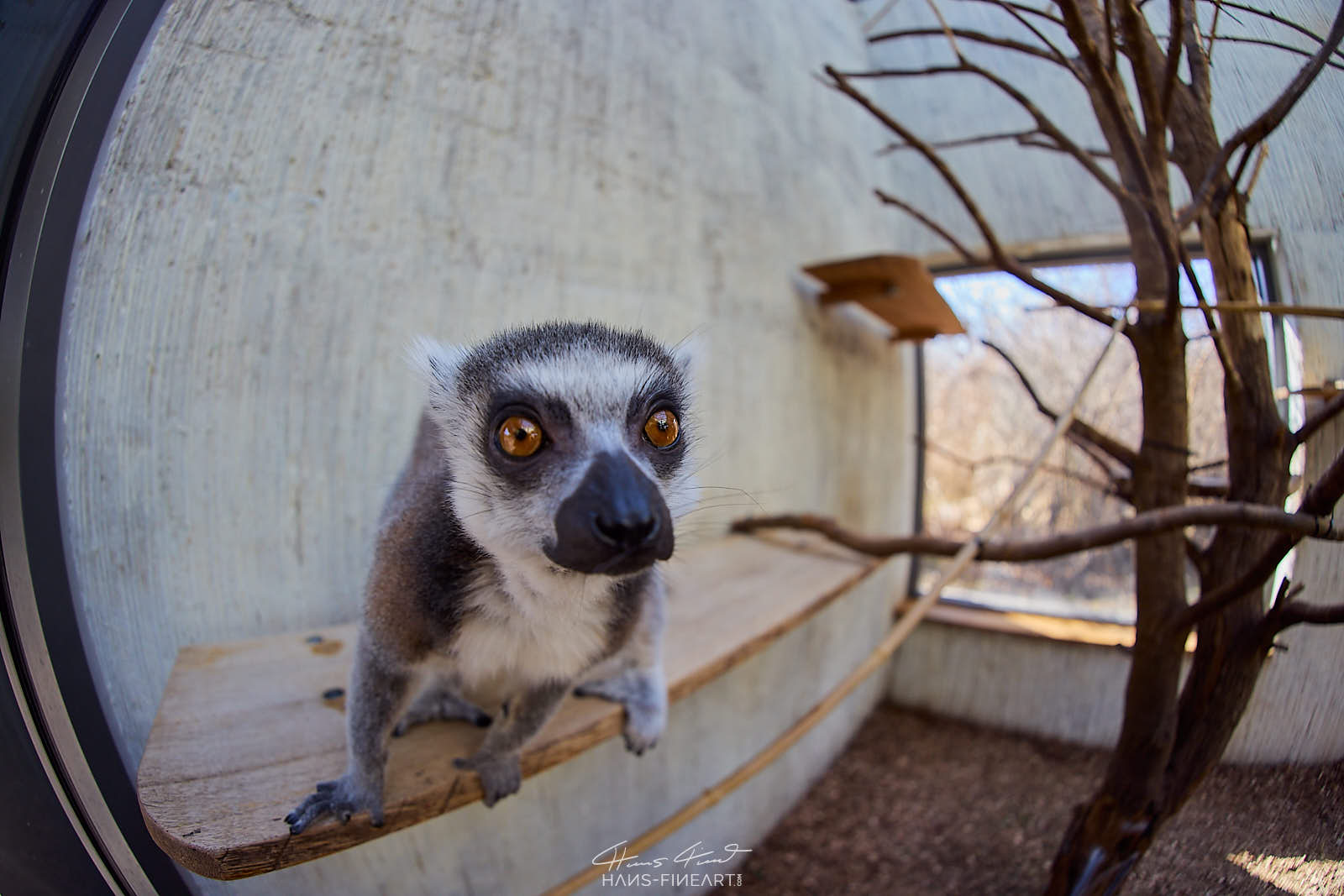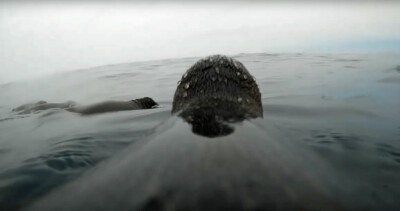“Research for Survival” project
Species protection | 13 January 2023
Dresden Zoo uses the proceeds from the Conservation Euro to support organisations such as Sphenisco, which is dedicated to the protection of the endangered Humboldt penguin on the Pacific coast of South America. Last year, €25,000 went to the organisation to finance the “Research for Survival” project.
With the help of funds from Dresden Zoo, Sphenisco was able to start a three-year research project, which will investigate various aspects of these penguins’ lives. Although Humboldt penguins are one of the best-known penguin species, very little is known about their biology and exact population size. Sphenisco has therefore launched a project with international researchers to clarify these unanswered questions. The project is funded by the Species Protection Foundation of Karlsruhe Zoo, the Friends of Hagenbeck Zoo and the Conservation Euro initiative at Dresden Zoo.
The “Research for Survival” project comprises three sub-projects. Firstly, data will be gathered on the population of Humboldt penguins and other marine birds in the area. Since, in the past, work has sometimes been carried out using inadequate methods, this project is incredibly important to determine how Humboldt penguins are faring in northern Chile.
The second sub-project will monitor breeding success on the two most important breeding islands, Chanaral and Choros, in northern Chile. Researchers will record parameters such as mating, egg laying, hatching and fledging.
The third sub-project focuses on the foraging activities of Humboldt penguins. So far, little is known about specific feeding grounds. Where, how and what do the birds actually hunt? It is only by acquiring this information that marine zones can be meaningfully designated as protected areas.
Click the following link for an exciting video from Sphenisco, which shows the hunting behaviour of Humboldt penguins. It reveals that the birds hunt in groups – and not in open water, but on the seabed. Known as benthic hunting, this method was not expected.
Further information about the project can be found on the Sphenisco website.
Since the Conservation Euro was introduced in December 2018, Dresden Zoo has been able to raise more than €1.15 million in donations, including €288,013 in 2022 alone. All funds raised are used exclusively for thirteen field projects. A heartfelt thank you to all visitors who pay the Conservation Euro!

